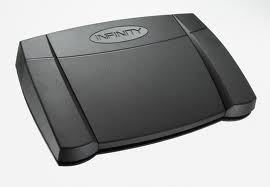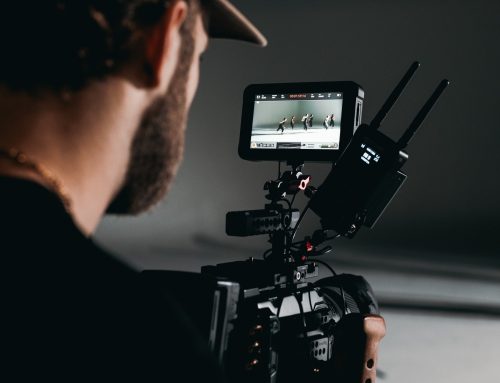 Transcribing with ease definitely takes a lot of practice, but you’re certain to log in more hours at work with a little bit of help from the world of technology. As a transcriptionist, you’re lucky if you are transcribing audio files in which the speaker articulates each word carefully and slowly. It allows you to type fast and reduces the possibility of errors as well. In reality however, most medical practitioners do not really have the time to dictate slowly but the onus is still on the transcriptionist to deliver an error free transcript. That is precisely why a foot pedal becomes a highly valuable piece of equipment.
Transcribing with ease definitely takes a lot of practice, but you’re certain to log in more hours at work with a little bit of help from the world of technology. As a transcriptionist, you’re lucky if you are transcribing audio files in which the speaker articulates each word carefully and slowly. It allows you to type fast and reduces the possibility of errors as well. In reality however, most medical practitioners do not really have the time to dictate slowly but the onus is still on the transcriptionist to deliver an error free transcript. That is precisely why a foot pedal becomes a highly valuable piece of equipment.
A foot pedal allows the user to pause, play, stop, rewind or fast-forward an audio file when it is being played. For a beginner, it means that it is also easier for a user to go back to a certain portion of the file and to check if all the recorded words have actually been typed out. In fact, doing so before a new paragraph or topic begins is beneficial, because it reduces the strain on the transcriptionist who would otherwise have to proof-read the entire document in one go alternatively. There are so many types of foot pedals available in the market and spending some time to understand which one works best for you is important. In this article we take a look at the USB Foot Pedal:
USB Foot pedal:
Probably the most commonly used transcription foot pedal, you’ll find plenty adaptations of this one model at any good store. Older models will come with software which you need to first load onto your desktop PC or laptop but new models these days are simply ‘plug and play’ versions which are hassle free. Simply plug the foot pedal into one of the USB ports on your system and you’re ready to use your new investment. You also need to set up the required backup parameters for further use but it doesn’t take much time to do so. Don’t worry about having to change your computer’s basic OS because the latest software is sure to recognise the new hardware once it is plugged in. If you still have concerns, check the unit specifications that are normally indicated on the box itself before making a purchase. And no, you don’t have to buy any specific kind of footwear either, because the pedal buttons are large enough to accommodate shoes of any size.
In the next part of the article, we take a look at two other foot pedal models which are also handy for transcription purposes.





